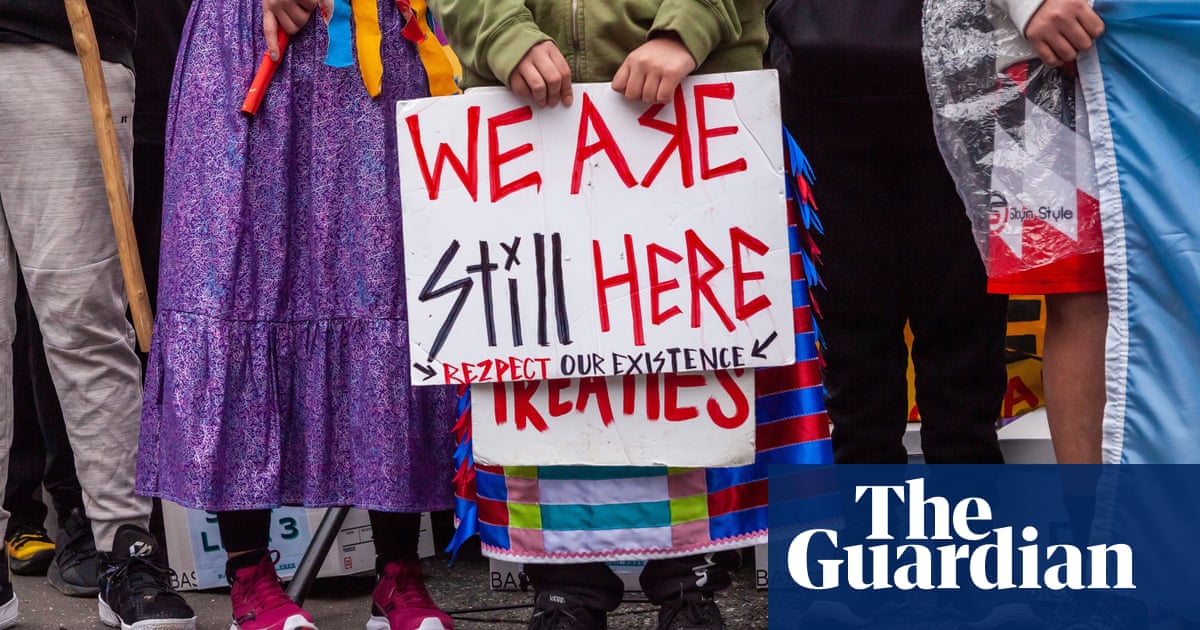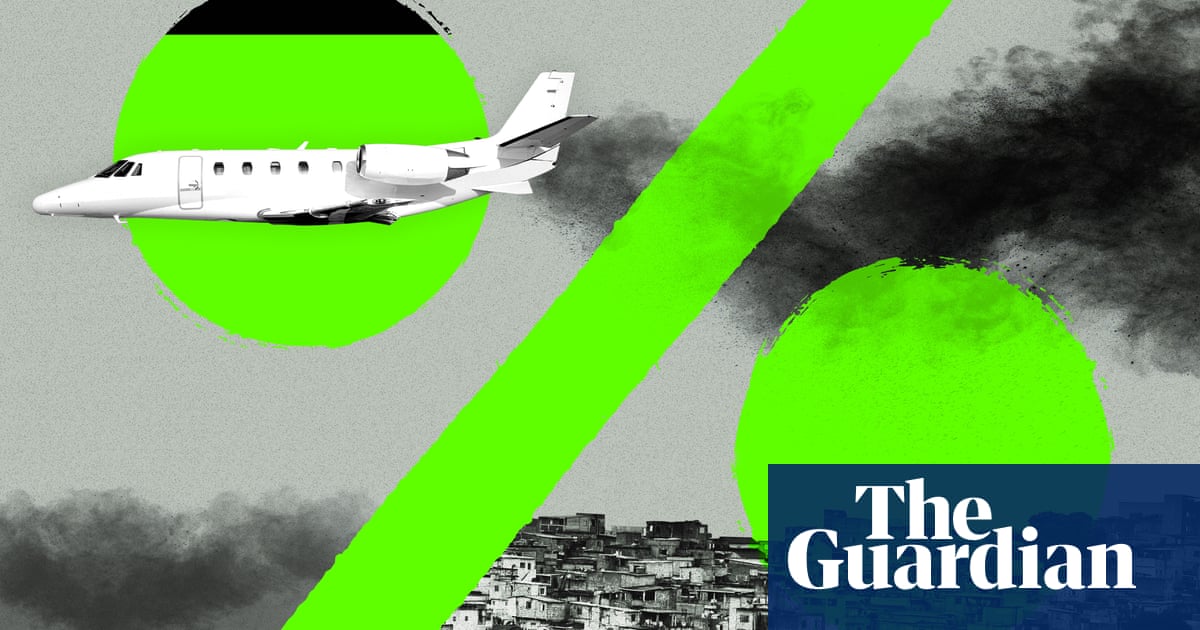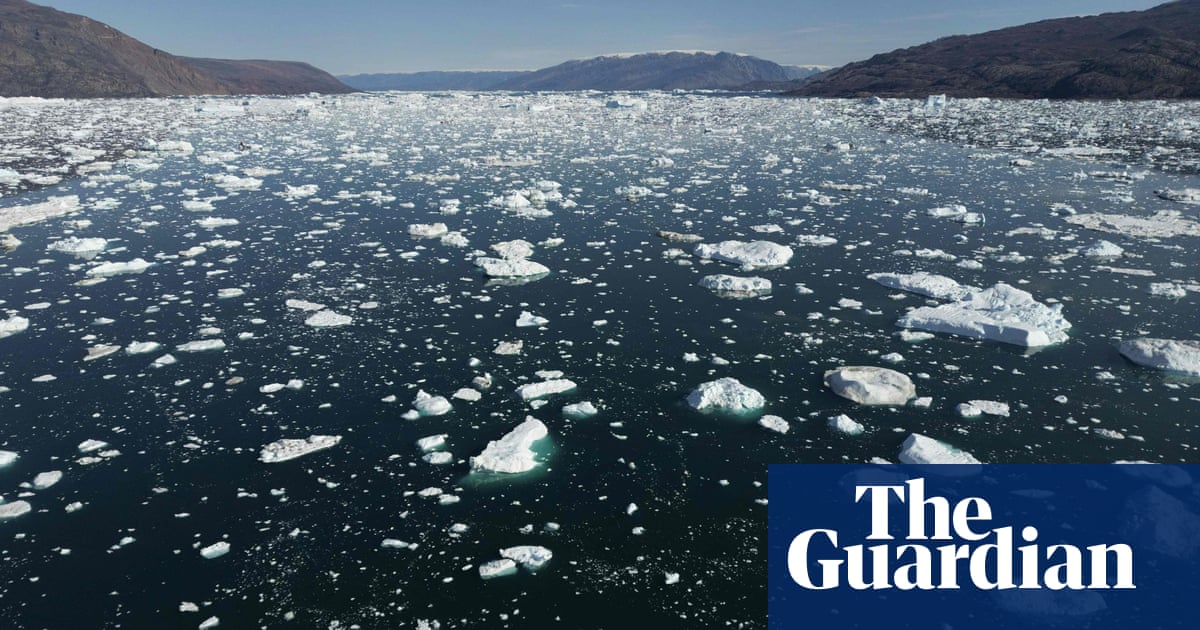Always behave EXTREMELY CORRECT when you are complaining about something. This is particularly true for the Climate Change issue.
Pain Compliance Torture Is The Fossil Fuel Industry’s Latest Police Tactic Against Activists
Vilification of protesters, pain compliance torture, anti-protest legislation, and abusive lawsuits: these are some of the insidious tactics that the fossil fuel industry is using in its full-court press against climate activists. Confronted with...www.dailykos.com
Confronted with strong support for climate action and organized protests against fossil fuel projects, the fossil fuel industry has resorted to using a series of despicable tactics to suppress dissent in the US: 1) characterizing activists as extremists, 2) funding police violence, 3) lobbying for harsh legal penalties for protesting, and 4) filing abusive, resource-sapping lawsuits

Fossil fuel firms spent millions on US lawmakers who sponsored anti-protest bills
About 60% of oil and gas operations protected from protest due to money spent on lobbying, says Greenpeace USA reportwww.theguardian.com
For instance here in Rome we have people complaining about the Climate Change issue by stopping the traffic of cars.
What do they think to get by stopping the traffic of cars?
NOTHING
They will only make car drivers angry. NOTHING MORE.
They will not certainly do anything to work out the Climate Change issue.






